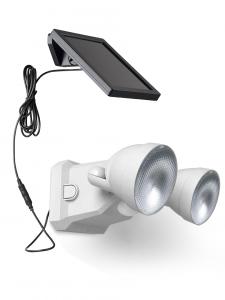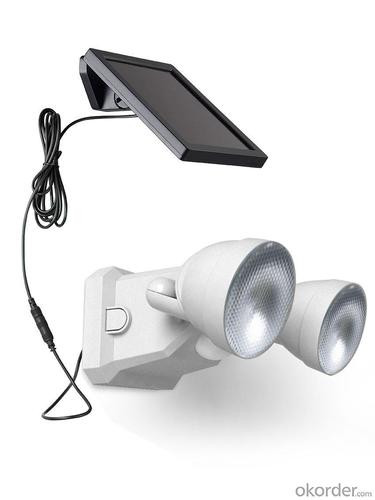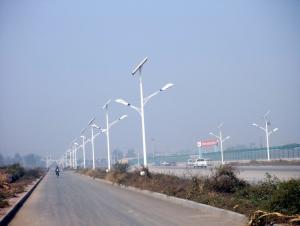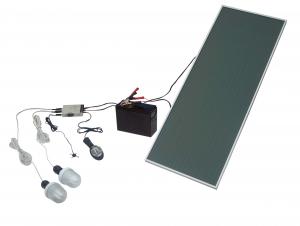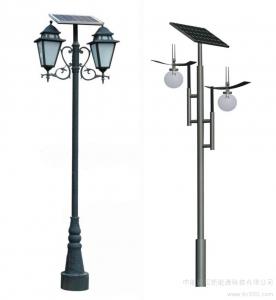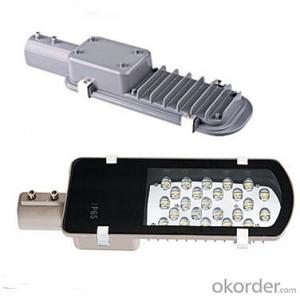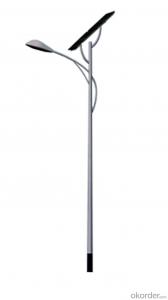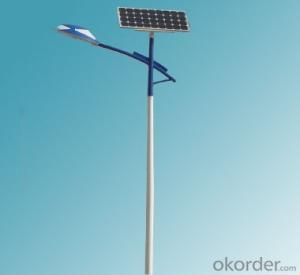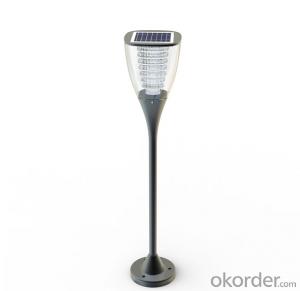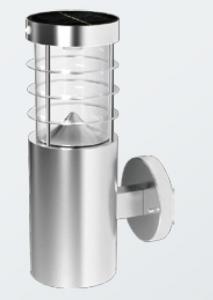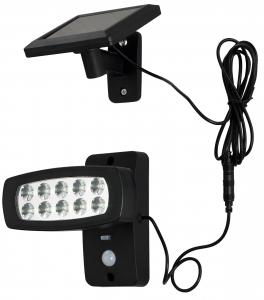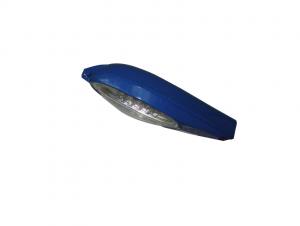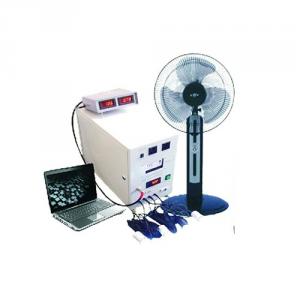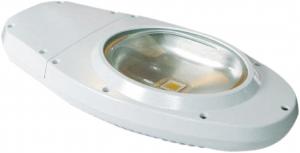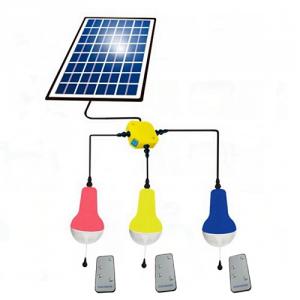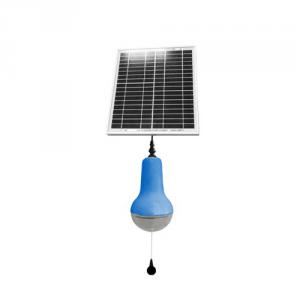Owl Solar Light BT1548A UP PIR
- Loading Port:
- Ningbo
- Payment Terms:
- L/C,T/T
- Min Order Qty:
- 5000 Pieces pc
- Supply Capability:
- 5000 Pieces per Month pc/month
OKorder Service Pledge
Quality Product, Order Online Tracking, Timely Delivery
OKorder Financial Service
Credit Rating, Credit Services, Credit Purchasing
You Might Also Like
Plastic boby, Clear PC diffuser
2pcs of light head, each head with 4pcs LED
Modes:on/off/550lm to PIR
Detection angle: approx 120 degrees, Distance: 6-8M. 1 battery 1 solar panel
With 2.5m wire between solar panle and light IP44
Suitable places: Lawn, Garden, Park, Path, etc
2pcs of light head, each head with 4pcs LED
Modes:on/off/550lm to PIR
Detection angle: approx 120 degrees, Distance: 6-8M. 1 battery 1 solar panel
With 2.5m wire between solar panle and light IP44
Suitable places: Lawn, Garden, Park, Path, etc
- Q: Are solar lights suitable for remote wildlife observation stations?
- Remote wildlife observation stations can effectively utilize solar lights. These lights offer a convenient option for such stations since they operate independently on solar energy, eliminating the need for grid electricity. This is especially advantageous in isolated areas where installing electrical wires can be challenging or costly. Solar lights come equipped with solar panels that convert sunlight into energy, which is then stored in batteries for nighttime use. Consequently, these lights can provide illumination without relying on external power sources. Furthermore, solar lights require minimal maintenance and have a prolonged lifespan, making them an ideal choice for locations where regular upkeep may not be feasible. In addition to their practicality, solar lights are environmentally friendly as they do not emit greenhouse gases, thereby reducing the carbon footprint of the observation station. In conclusion, solar lights offer a sustainable and sensible lighting solution for remote wildlife observation stations.
- Q: Do solar lights have adjustable color settings?
- No, solar lights generally do not have adjustable color settings. Most solar lights emit a white or warm white light, and the color cannot be adjusted.
- Q: Do solar lights have a built-in timer for automatic on/off?
- Indeed, numerous solar lights come equipped with a built-in timer that enables automatic on/off functionality. By employing this characteristic, the lights are capable of activating themselves at dusk and deactivating at dawn, all without the need for manual intervention. Typically, the timer is pre-set to align with the daylight hours in your particular area, guaranteeing both optimal energy efficiency and convenience. Thanks to this automatic on/off feature, solar lights present themselves as a hassle-free and environmentally conscious lighting solution for outdoor areas.
- Q: Are solar lights easy to uninstall or remove?
- Solar lights are typically simple to uninstall or remove. The majority of solar lights have a stake or base that can be effortlessly inserted into the ground or attached to a wall. To remove them, all you have to do is reverse the installation process. If the lights have stakes, you can simply extract the stake from the ground with care, while for wall-mounted lights, you can unscrew them from their brackets. Furthermore, as solar lights don't require any electrical connections, there's no need to be concerned about disconnecting wires or dealing with intricate installations. In general, solar lights are user-friendly and can be easily uninstalled or removed whenever needed.
- Q: Are solar lights resistant to vandalism or theft?
- Solar lights can be resistant to vandalism and theft to some extent, but they are not completely immune to these risks. Since solar lights are typically installed in outdoor settings, they are more exposed and vulnerable compared to indoor lighting. However, there are several features and design elements that make solar lights less attractive to vandals or thieves. Firstly, many solar lights are designed with anti-theft features such as tamper-resistant screws or security brackets that make it difficult to remove them without specialized tools. Some solar lights also have built-in alarms or motion sensors that can deter potential vandals or thieves. Additionally, solar lights are often made from durable materials like rust-resistant metals or high-quality plastics, making them more resistant to damage caused by vandalism. Many manufacturers also offer vandal-resistant casings that provide an extra layer of protection. Furthermore, solar lights are not typically connected to an electrical power source, which makes them less attractive to thieves who are after valuable copper wiring or other electrical components. The absence of a power source also means that solar lights are less likely to be targeted as a potential source of electricity by thieves. While solar lights have these protective features, it is important to note that determined vandals or thieves may still find ways to damage or steal them. However, the overall design and features of solar lights make them less attractive targets compared to traditional electrical lighting systems, reducing the likelihood of vandalism or theft.
- Q: Can solar lights be used in gardens and flowerbeds?
- Yes, solar lights can be used in gardens and flowerbeds. They are a popular choice for outdoor lighting in these areas as they are easy to install, require no electrical wiring, and are powered by renewable energy from the sun. Solar lights can add ambiance, highlight garden features, and provide illumination for pathways or flowerbeds at night.
- Q: Can solar lights be used for gazebo lighting?
- Solar lights are a fantastic choice for illuminating gazebos. They are known for their energy efficiency and eco-friendliness. By harnessing sunlight and transforming it into electricity, solar lights store this power in batteries to be used when the sun sets. Consequently, there is no need for wiring or electrical connections, simplifying installation and allowing for easy relocation. Gazebo lighting is particularly well-suited to solar lights, which can be effortlessly suspended from the roof or affixed to the gazebo's posts. These lights emit a gentle, ambient glow, fostering a warm and inviting atmosphere inside the gazebo. Moreover, solar lights are resilient against inclement weather, ensuring their functionality even on rainy or cloudy days. In summary, solar lights are a convenient and cost-effective choice for illuminating gazebos.
- Q: Do solar lights have adjustable brightness levels?
- Yes, some solar lights have adjustable brightness levels.
- Q: How do solar lights provide illumination for security cameras?
- Solar lights provide illumination for security cameras by harnessing energy from the sun during the day to charge their built-in batteries. These batteries then power the lights during the night, ensuring continuous illumination for security cameras to capture clear footage. This reliable and sustainable source of light enhances the visibility of security cameras, improving their effectiveness in monitoring and deterring potential threats.
- Q: Can solar lights be used to light up signs or billboards?
- Yes, solar lights can be used to light up signs or billboards. Solar-powered lights are an eco-friendly and cost-effective solution for illuminating outdoor signs or billboards. They harness solar energy during the day to charge their batteries, which then provide power to the lights during the night. This eliminates the need for traditional electricity sources, making them a sustainable and independent lighting option for signage or billboards in areas with ample sunlight.
Send your message to us
Owl Solar Light BT1548A UP PIR
- Loading Port:
- Ningbo
- Payment Terms:
- L/C,T/T
- Min Order Qty:
- 5000 Pieces pc
- Supply Capability:
- 5000 Pieces per Month pc/month
OKorder Service Pledge
Quality Product, Order Online Tracking, Timely Delivery
OKorder Financial Service
Credit Rating, Credit Services, Credit Purchasing
Similar products
Hot products
Hot Searches
Related keywords
